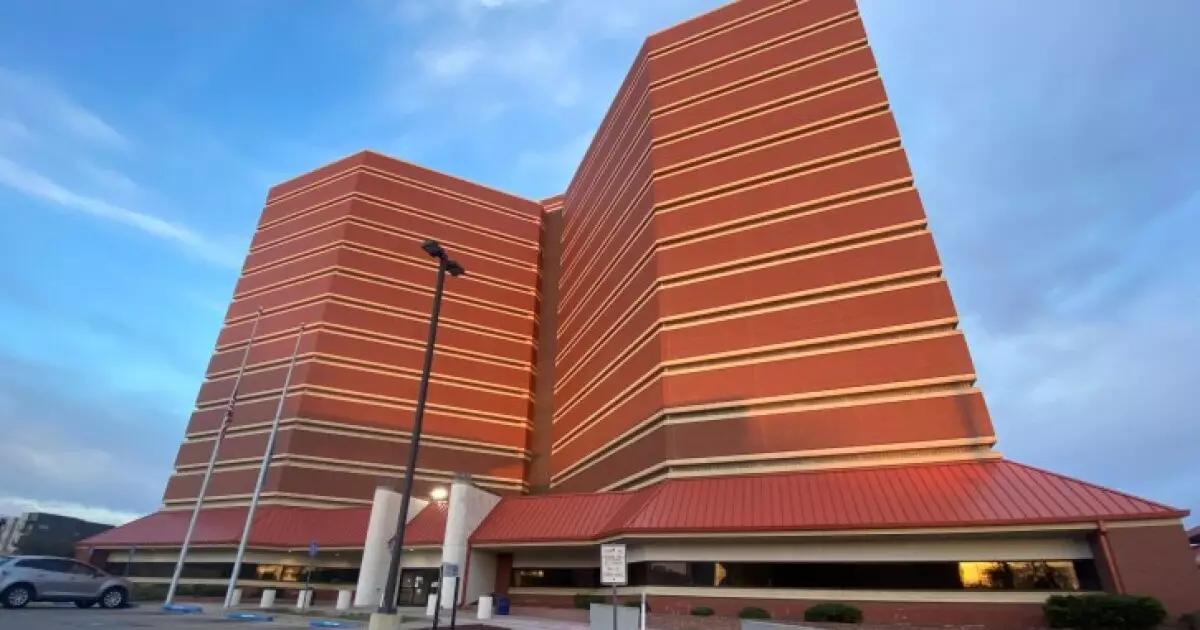Oklahoma County is currently embroiled in contentious legal battles regarding the proposed construction of a new jail. The situation escalated after the county filed a lawsuit against Oklahoma City for denying a special use permit, crucial for establishing the facility on a site located on the city’s outskirts. This move was prompted by the pressing need for an update from an outdated jail that has long been condemned for various health and safety violations. The urgency of the new facility was highlighted by a significant voter’s approval last year to finance the project with $260 million in general obligation bonds. However, as the case progresses, the underlying tension between the county and the city grows evident.
Adding fuel to the fire, the Oklahoma Attorney General’s Office recently provided guidance through a “letter of counsel.” This correspondence directly responded to queries regarding the county’s authority over making the final decision in selecting the jail’s location. Such opinions can significantly influence the legal landscape, and in this instance, they seem to favor the county. The Deputy General Counsel’s analysis posited that, while the county might have the upper hand in court, it does not grant them the all-encompassing freedom to overlook city concerns entirely. He emphasized the necessity for collaboration, urging the county to engage with city officials and address local grievances.
The Financial Burden of Jail Construction
The financial implications of this project are staggering, underscoring the complexities involved in moving forward. Originally projected at $45 million following voter approval, costs have surged to an alarming $672 million due to expanded requirements and an increasingly elaborate design intended to house not only inmates but also provide separate facilities for medical and mental health treatment. The county is now exploring a public-private partnership as a viable financing strategy. This opens avenues to involve financial giants such as Raymond James, Morgan Stanley, and Jefferies, each of which has submitted proposals involving lease-purchase options that promise to fund construction while alleviating immediate budgetary pressures.
The Challenge of Zoning Regulations
The friction with Oklahoma City mainly stems from overlapping interests in land use and zoning regulations. The city maintains valid concerns about how a newly built facility might impact local neighborhoods and infrastructure, yet the county asserts that the broader governmental interest in public safety and rehabilitation holds precedence. The controversy thus lays bare the complex interplay of municipal authority versus county sovereignty in urban planning matters. As this legal battle unfolds, it raises profound questions about governance, community safety, and fiscal responsibility.
Community Response and Future Directions
Community reaction has been a mixed bag, with local residents voicing concerns over the jail’s placement, which they fear might lead to increased crime or lower property values. The county’s decision to pursue a legal settlement, as indicated by the latest commissioner vote, might reflect an effort to mitigate public outcry and foster cooperation with city officials. Although acknowledging the attorney general’s advice, the county must tread lightly. Genuine dialogue with the community is necessary to address grievances sincerely while progressing towards essential updates to the criminal justice system.
Ultimately, Oklahoma County finds itself at a crossroads. The legal wrangling highlights the need for strategic collaboration between county leadership and city governance, allowing for an outcome that benefits the broader public. The constitutional and regulatory complexities surrounding this issue illustrate the vital need for systemic reforms in how public safety facilities are planned and constructed. Moving ahead, the emphasis should be placed on open communication and shared objectives rather than further entrenchment in an adversarial judicial process. Such a cooperative spirit may very well lead to a resolution that balances the pressing needs for jail reform with legitimate concerns from the city and its residents, paving the way for a safer and more equitable Oklahoma County.


Leave a Reply